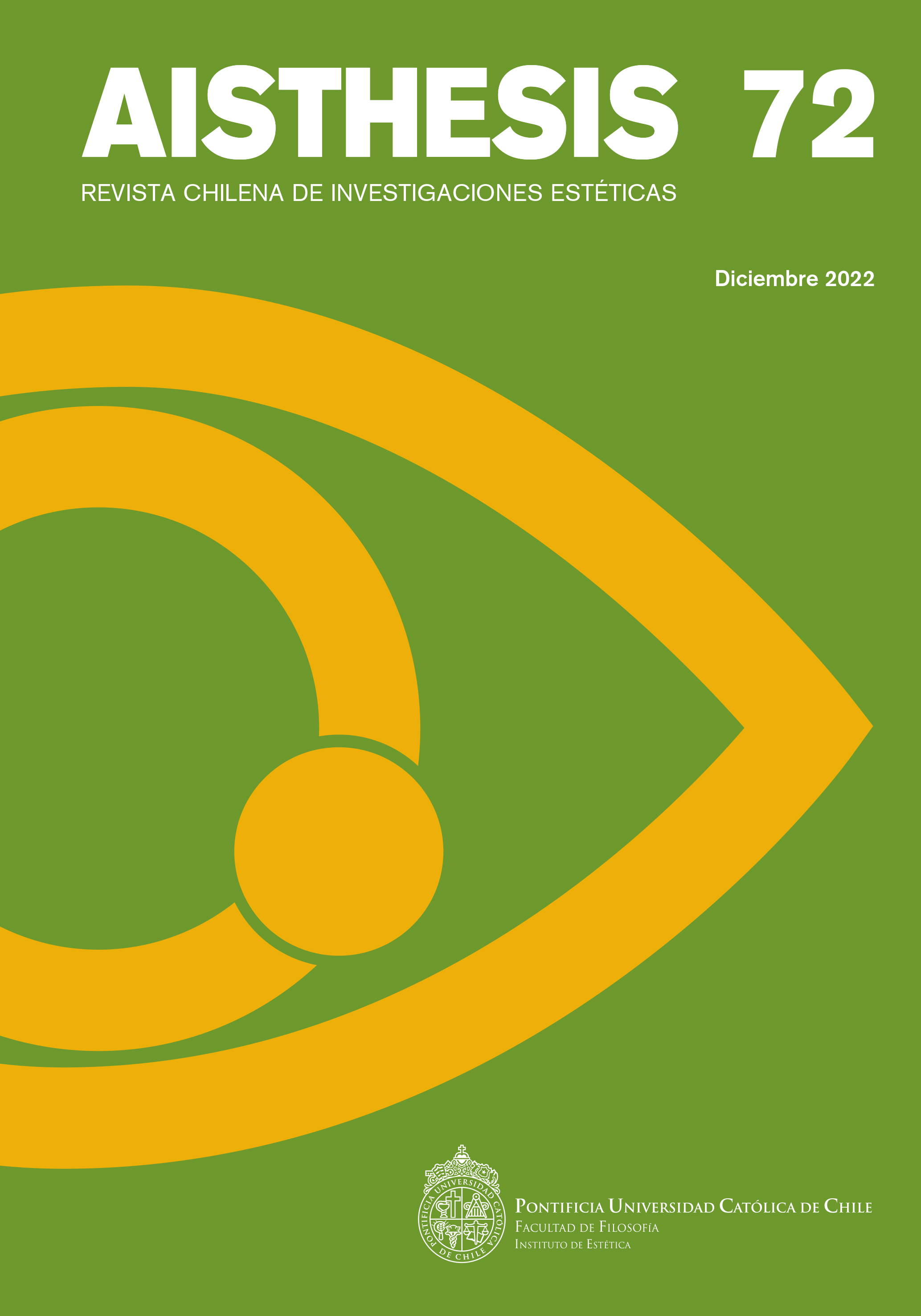The Plantationocene in the Argentinean "desert". The adventures of China Iron as an undisciplined narrative for the alteration of worlds
Main Article Content
Abstract
According to Haraway and Tsing's formulation, the Plantationocene would be a term for this epoch that could point to the characteristics of the modern world system with greater specificity than the Anthropocene. In this paper we review the different versions of the Anthropocene and the kind of problems it addresses (especially those of scale and material agency). We then turn to the emergence of the notion of symbiosis as a kind of community-making beyond the human as it appears first in Michel Serres and then in Haraway, the frame provided by the material ecocriticism and the rationale given for the term Plantacionocene. In this approach, we read the foundational narratives of Argentine identity as those in which identity is figured as that of the brave male (first a marginal and then a national hero) whose main task is to erase (materially and symbolically) the indigenous legacy. Finally, we turn to Gabriela Cabezón Cámara's novel, Las aventuras de la China Iron, in which José Hernández's national epic poem, Martín Fierro, is entirely rewritten. Throughout this undisciplined, world-altering narrative, the plantation is transformed into a non-hierarchical form of humility that places us on the threshold of a queer plantism.
Downloads
Article Details

This work is licensed under a Creative Commons Attribution-NonCommercial-ShareAlike 4.0 International License.
All contents of this electronic edition are distributed under the Creative Commons license of "Attribución-shareAlike 4.0 Internacional" (CC-BY-SA). Any total or partial reproduction of the material must mention its origin.
The rights of academic works published in this publication belong to their authors., who grant to AISTHESIS: Revista Chilena de Investigaciones Estéticas the license for its use. The management of the permits and the authorization of the publication of the images (or of any material) that contains copyright and its consequent rights of reproduction in this publication is the sole responsibility of the authors of the articles
